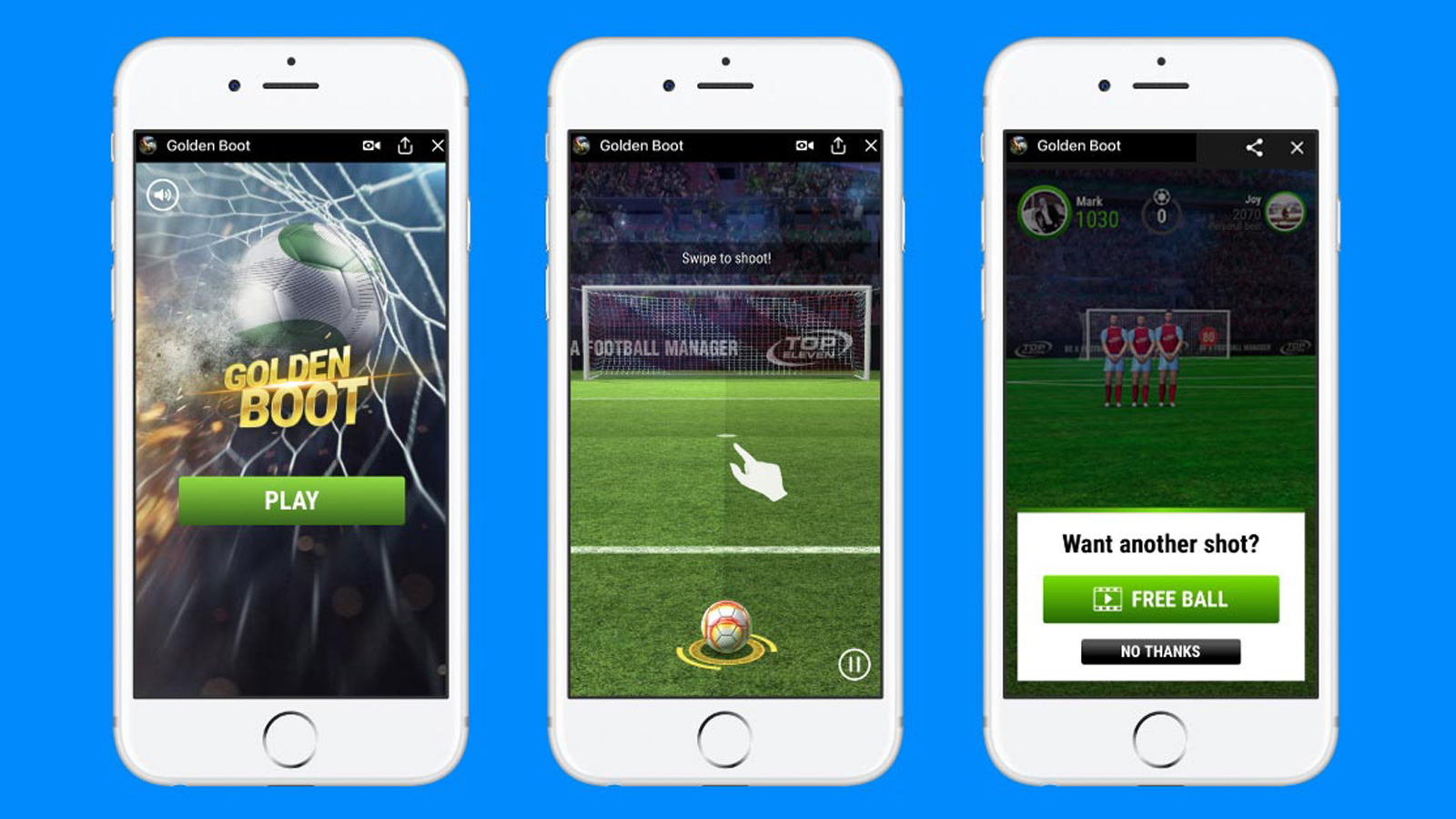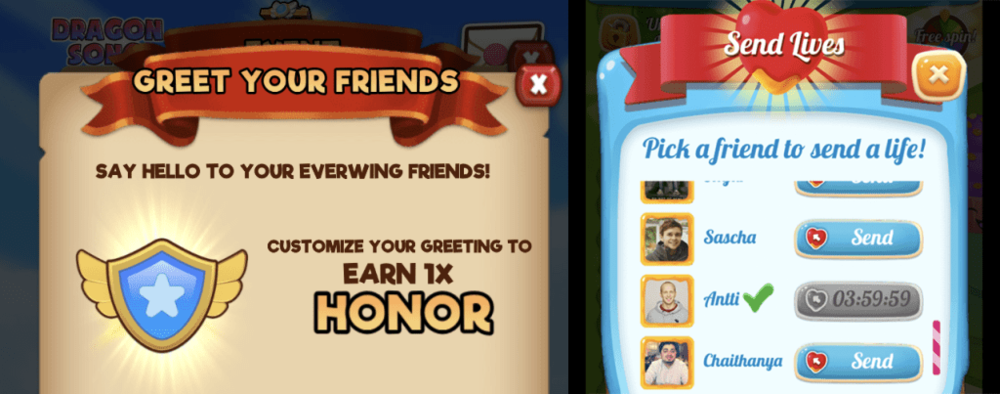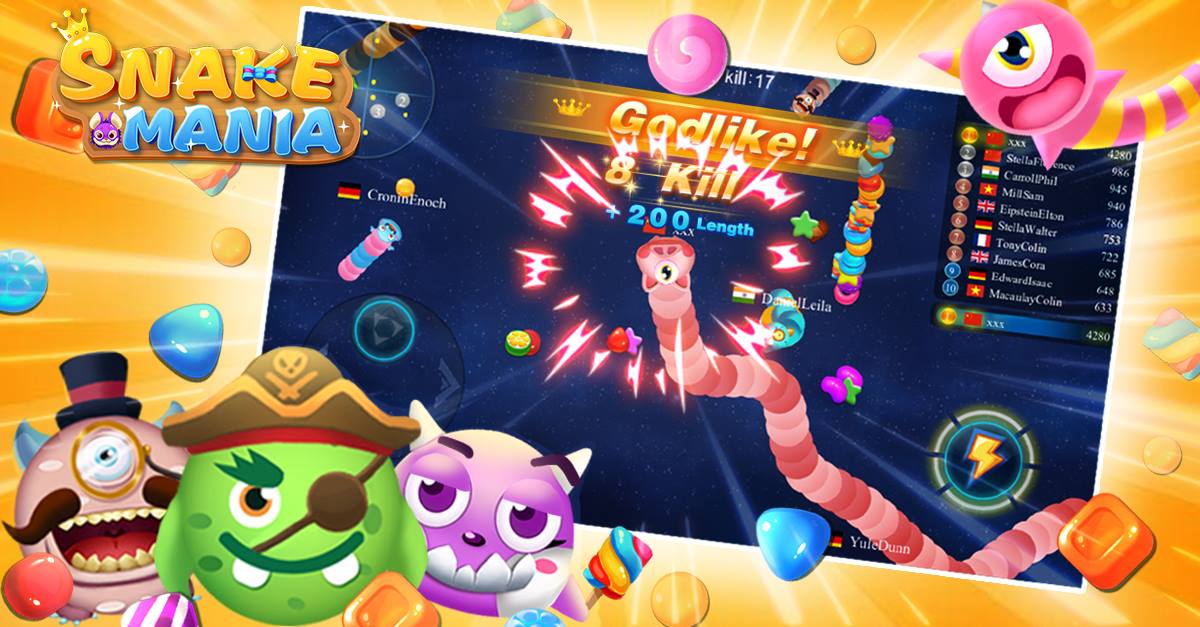Adam Telfer, co-founder of Chatterbox Games studio, explains in detail what you need to understand and take into account when you develop a game for messenger using the example of projects with Facebook Instant Games.

Adam Telfer
When a new gaming platform appears, it is always interesting to see how developers will dispose of new features.
Instant Games from Facebook allows you to launch games in Messenger and news feed. Therefore, it cannot be called an ordinary “platform”. It is not surprising that at first developers approached it with caution. But there were enough other reasons.
Firstly, messenger games are created on HTML5, and this technology has not shown itself very well in terms of game development.
Secondly, Facebook messenger cannot be considered an independent platform at all – it is rather a platform within a platform.
Thirdly, Facebook Instant Games as a new platform at the time of release still had to establish interaction with the mobile ecosystems of Apple and Google.

Anyway, a year after the appearance of the platform is functioning properly. Its games have a growing audience, advertising in them is sold at a market price, and more recently, in-game purchases have also appeared in Instant Games.
As for the game metrics, everything is fine here too. The top games in Instant Games, according to their loading screens, have from three to ten million players. New products, in turn, show very high growth rates. In February, the audience of the Snake Mania game grew by 2.2 million in a week!

The number of new players who received titles in Instant Games for the week from February 19 to 26, 2018
The approach to developing games for messenger differs from that used in the design of native mobile or social games. This does not stop many mobile developers from directly porting mobile games to the messenger. In exceptional cases, it works (Cut the Rope and Adventure Capitalist), but most ports fail.
This means that the new platform means a change not only in the technical paradigm, but also in the approach to design. In other words, the transition to Instant Games entails global metamorphoses for products, as it was during the ascent of mobile in 2010-2011.
Yes, what concerns the user’s interaction with game objects and, in general, UX is still applicable to Instant Games (it’s still a touch-controlled platform). But to achieve the desired retention rates, conventional porting is not enough. The main cycle, game progress, interaction with players — all this needs to be changed when transferring. Otherwise, it will not be possible to realize the potential of the game on the new platform.

Just over the last year of working on games for Facebook Instant Games and iMessage, we at Chatterbox Games found out that the best solutions for native mobile games are often not suitable for games in messengers. When developing such titles, it is necessary to think about what unique design opportunities the messenger format opens up.
Messenger is not a marketing channel
Many mobile developers consider messengers this way. I can’t blame them — there is very high competition on mobile and developers are grabbing any chance to get more installations. But when developers think that messenger is a free channel for getting a new audience, they are deeply mistaken.
Facebook is purposefully building Instant Games as an independent platform. The task of the social network is to increase the involvement of its messenger, and not to pour traffic to your games. So using the platform to take the audience somewhere else from it is completely useless, and you don’t need to do it. Games function as an independent business unit, and there is no need to prevent this.
However, Instant Games can be used to promote the brand. This happened, for example, with Nordeus and ZeptoLab. On Instant Games, Nordeus has a Golden Boot game that constantly mentions the Top Eleven brand. At the same time, there is not a single link to this football manager in the game. In turn, ZeptoLab has made an Instant version of Cut the Rope, which feels very close to the mobile original.

Both projects can lead to an increase in organic downloads, but at the same time they have their own large audience on Instant Games. This means that they can earn on their own. Branding is good, but if the games themselves bring in revenue, it’s always better.
If you do not consider the messenger as a way to attract the audience to the available titles, then games for this platform need to be developed so that they are independent both from the point of view of monetization and from the point of view of audience retention. This can really be done if you take a critical approach to how to keep the audience within the chat application.
Retention is the most difficult
Retention in messenger platforms is lower than in mobile. This is natural – most users launch a messenger to chat with friends, not to play. Messenger games are not installed on a smartphone – this means no icons on the desktop, no push buttons and reminders. Such games should keep the user in other ways.

The lack of installation has a good effect on findability, but a bad effect on retention
Retention should come from a unique feature of the platform, here — social interactions. The main source of retention of games in messengers is friends who offer you to play with them or against them.
In native games, developers are pushing gamers to play not so much with real friends as with strangers who are online at the same time. But as is well known, retention is higher for those players who play together with Facebook friends (for example, they see their progress or can visit their virtual farm).
In messenger games, this social component is no longer an option, but an integral part of the user experience. From the moment the game is launched, you see all the friends who play it. The game shows the leaderboard, makes you challenge them, and also allows you to give them gifts.
Social environment and bots
Messenger is primarily a chat application. This means that there is not much space for games on such a platform. That is, the game must be made in such a way as to remain relevant within the chat application.
The Facebook messenger interface has a tab with games (Games) and a search engine for new games (Discover), but these interface elements alone will not be enough for you to keep the audience.

You need to create a “social environment” for the player and use chatbots correctly.
The social environment is chats with friends and group discussions, within which your game will be relevant. In this illustration, you can see two chats, group and personal, in which players posted messages related to the game and thereby invited their friends to play together:

A variety of social environments is necessary for a good messenger game
Chatbots allow you to contact your players, notify them, for example, about awards:

Or just talk about what interesting things are happening in the game:

Keep in mind that chatbots can be perceived as spam if used incorrectly, and Facebook is very strict about the frequency of alerts. Soon after the appearance of games on Facebook, the social network learned how to make sure that developers did not become a hindrance to users of the platform. If the players do not enter the chat with the bot, it will quickly disappear from the messenger’s home page. In addition, if the bot annoys the players, they will instantly turn off the alerts.
Thus, here are the main tests for the developer of games for messengers:
- How to make a game that will be relevant for both personal chats and group chats?
- How to make sure that bots do not spam players, but are useful to them?
- How to set up bots and social environment so that the player wants to return to the game?
As you can see, these are not the questions that native mobile game designers face.
Setting up social interaction in the game
The best messenger games are those that are best able to establish social interaction of players. This increases both the virality of the project and retention. So we just need to push the players to spam their friends with calls to play, right?
Projects that use this approach are more like social games that were on Facebook before Instant Games. For example:
- in Cookie Crush, players give each other Lives;
- In Everwing, players receive Honor Points for sending messages to their friends;
- the user is forced to “play with friends” even in singleplayer mode – for example, the game demonstrates how many points each of the players scored.

These are by no means the best solutions, and there are methods that suit the platform much more.
The novelty of messenger games in the dynamics of group chats. Good projects encourage players to get involved in a group discussion: to solve a problem together or compete with each other.
The best example of such social interaction is the system of “group raids”. A group raid is when users launch a difficult level that can only be completed by collaborating with other players in a group chat. The stronger the group members, the more difficult the level itself will be, and the higher the reward will be.

An example of group raids in Quest Friends from Mojiworks and in Everwing from Game Closure
Such a system allows multi-level players to play together. It rewards the user for playing together with friends and motivates them to play more. However, such mechanics can only be applied in sufficiently deep RPG-type games, not all projects can use this approach.
Some games use turn-based gameplay to establish social interaction between players. After each turn, the player sends a message about his actions to his opponent/ally.
We tried several times to make a turn-based game with active interaction between players in the messenger, but found that this is not a very good option for retention. The main reason: if users cannot continue playing because they are waiting for someone else’s move, they will eventually leave the game altogether. It’s like with mobile Words with Friends and Draw Something, which were interesting only while your friends were playing them. As soon as friends hesitate to answer, there is no point in returning to the game.

Some messenger games have a turn-based gameplay idea, for example, 8 ball pool from Miniclip or the Facebook version of the same Words with Friends. But these are games that were launched at the very start of the platform and managed to attract a critical mass of players. It is already very difficult for new developers to gather such an audience.
Some developers are trying to solve this problem by allowing you to play not only with friends, but also with strangers. Golden Boot most likely owes its success to this particular technique – it can be played with unfamiliar users if friends are not online at this moment. And the most popular game on the platform, the aforementioned Snake Mania, focuses exclusively on playing with strangers.
I think this blurs the line between messenger games and native mobile games. This method is based on copying finds that function well on mobile. So far, the method works well, but in the near future, those games in which social interaction is established with friends will show themselves better. It is the user’s game with his friends that is the best way to develop the platform.
Since the findability of messenger games is a big problem, developers need to rely on the player’s social environment as a source of retention and downloads. Games in which social interaction is intelligently integrated will eventually turn out to be winners.
Conclusion
Instant Games still have a period of childhood growth, but this market is developing very quickly. In one year, big shifts have already taken place here, revealing which games are better suited for the platform. Many titles that turned out to be very popular when the platform appeared (Galaga, Space Invaders, PAC-Man) have actually disappeared, and many new products that appeared in the last six months, on the contrary, have become top (Snake Mania, Cookie Crush).

Games for Instant Games will soon be the Wild West for developers. The more developers go to the platform and the more acute the problem of finding games becomes, the stronger the design of these games will move towards social interaction.
Here are my recommendations for everyone who is going to enter the market of messenger games:
- The platform is not designed to attract attention to your native mobile games. Instant Games is an independent platform on which projects can earn money by themselves. Cooperate with the owners of the platform and gather an audience in the messenger, do not think of this platform as a place from where you can take players away.
- It is very difficult to keep the audience here. Without installation on the player’s device, it is very difficult for the game to remain relevant. It is necessary that players regularly remember about your project. The social interaction of players is the main thing that will allow the game to stay afloat.
- Include useful chatbots in the design and work to diversify the social interaction of players. This is the only way to get users back into the game.
- Don’t let the interaction between players get in the way of engagement. Social interaction should bring the user back into the game, and not dictate to them at what pace to play. Don’t make users wait for their friends to find time to play with them.
- Focus specifically on user friendships. Despite the success of games that allow you to play with strangers, with the development of the platform, the emphasis will shift to friendly interaction. This is a source of stable audience engagement and retention.
I myself am looking forward to seeing what messenger games will become in the near future. It will be something unusual. If you are interested in this platform, I guarantee you: it will not be boring.
Also on the topic:
- Cookie Crush game has been launched on Facebook Instant Games more than a billion times
- Experience of launching a game on Facebook Instant Games studio GBN
Source: Deconstructor Of Fun
